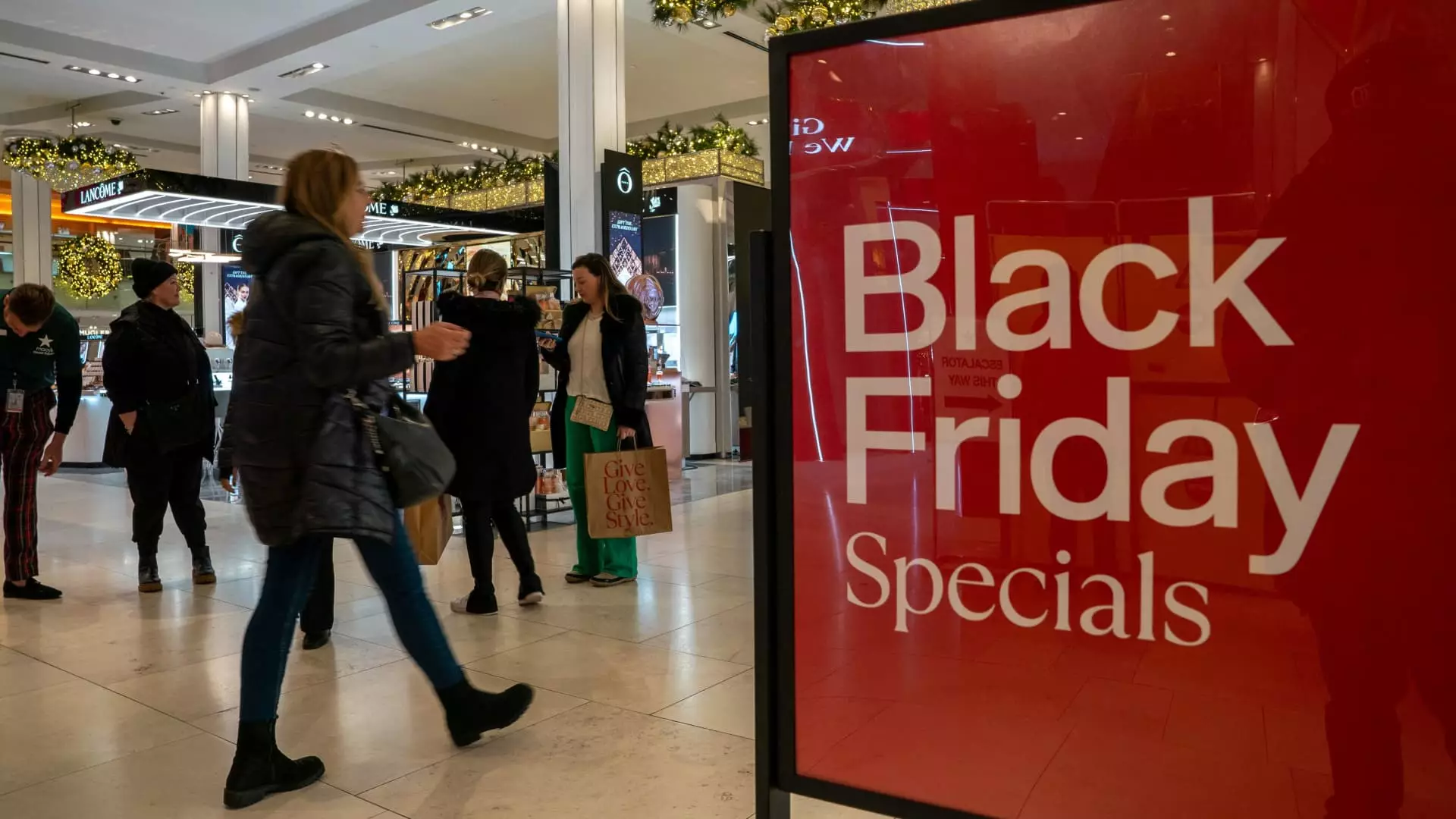Impulse spending is a common pitfall for many consumers, particularly during high-stakes shopping seasons like the holidays. As shoppers are repeatedly drawn in by vibrant advertisements and alluring discounts, the risk of making hasty purchasing decisions escalates. This type of spending is often referred to as a retail trap, wherein the emotional rush of acquisition overshadows rational thought. As consumer expert Andrea Woroch highlights, the key to breaking free from this cycle may lie in a revolutionary approach known as “slow shopping.”
Slow shopping advocates for a deliberate, reflective shopping experience. Instead of succumbing to immediate gratification, consumers are encouraged to pause, assess their genuine needs, and wait for the right moment to make a purchase. This concept resonates particularly well in a world rife with instant access to goods and services. By taking a step back, individuals can prioritize purchases based on thoughtful consideration rather than emotional impulse.
Woroch points out that by allowing time to elapse between the desire for an item and its acquisition, shoppers position themselves to make smarter financial decisions. This method not only aids in resisting impulsive purchases but also aligns spending with one’s actual budget and financial goals.
Research has indicated that slow shopping is gaining traction among the modern consumer base, especially as financial literacy becomes increasingly important. Findings from Affirm reveal that approximately 73% of consumers have embraced this mindful approach as they prepare for the holidays. The inclination to start shopping earlier and with greater awareness reflects a broader trend in consumer behavior that emphasizes sustainability and financial responsibility.
Moreover, with rising credit card debt — a staggering $1.14 trillion as of 2024 — consumers are feeling more pressure than ever to control their spending. The anticipation of holiday season spending, projected to hit between $979.5 billion and $989 billion, showcases that while consumers are willing to spend, there is a growing awareness of the associated financial repercussions.
One of the most significant benefits of adopting a slow shopping mentality is the emotional distance it provides from marketing tactics designed to elicit spur-of-the-moment purchases. Understanding the psychological underpinnings of impulse buying can empower consumers to take control over their spending habits. As highlighted by Experian’s Rod Griffin, the bright “sale” signs and promotional messages during the holiday season heighten urge buying tendencies. In contrast, the slow shopping approach encourages mindfulness, enabling shoppers to evaluate whether a deal is genuinely compelling or merely smoke and mirrors.
Moreover, a study from Bankrate states that over 54% of adults reported making at least one impulse purchase during the last holiday season, with many attributing their decisions to perceived deals. By reframing the shopping experience and emphasizing the need to wait and reflect, individuals can avoid falling into the trap of poor financial choices driven by fleeting excitement.
Implementing a slow shopping strategy requires a proactive plan. First and foremost, creating a well-thought-out shopping list is essential. Drawing from Griffin’s advice, shoppers should compile a list detailing what they truly need, ensuring that it serves as a guiding principle throughout the shopping experience.
Additionally, leveraging technology like price-tracking browser extensions can help consumers identify when products are on sale, mitigating the urge to purchase on a whim. Apps such as CamelCamelCamel and Keepa offer valuable insights by notifying users of price changes over time. With this information in hand, shoppers can strategically time their purchases for optimal savings.
Moreover, instilling a dedicated holiday fund can promote healthier spending habits. By allocating money specifically for holiday shopping, consumers can enjoy the process without the burden of credit card debt. This strategy reinforces financial discipline and provides peace of mind during a period often characterized by extravagant spending.
The slow shopping trend is not merely a response to the perils of impulse spending; it embodies a broader commitment to mindful consumerism. As more people recognize the importance of thoughtful purchases, this approach holds the potential to reshape the shopping landscape. With the current economic climate and rising credit card debt, embracing slow shopping may well become an essential skill for consumers navigating the complexities of retail.
As shoppers prioritize intentional spending, they will not only foster better financial health but may also cultivate a more enriching shopping experience — one defined by satisfaction over regret. In a world that thrives on immediacy, taking the time to reflect on purchases can ultimately lead to greater fulfillment and financial stability. The slow shopping mindset is not just a trend; it is a lifestyle shift that encourages us all to engage in spending that is reflective of our values and aspirations.

